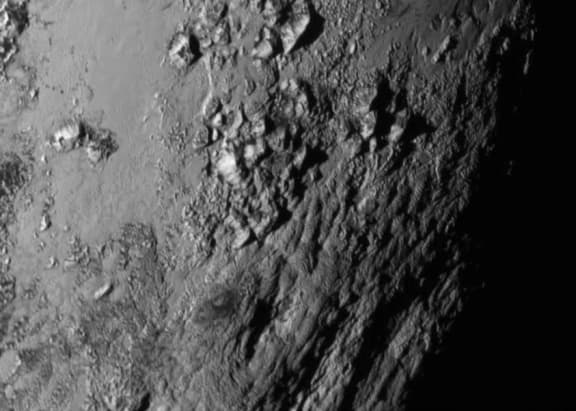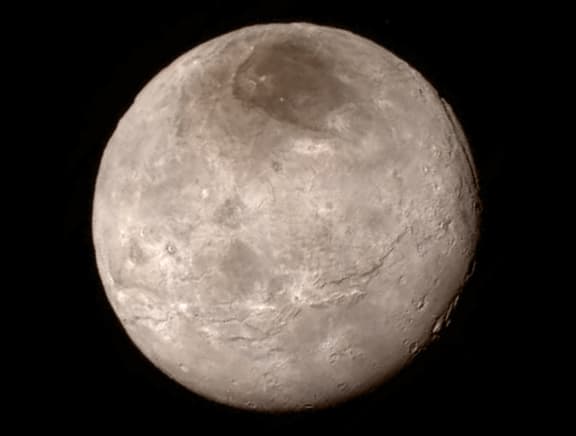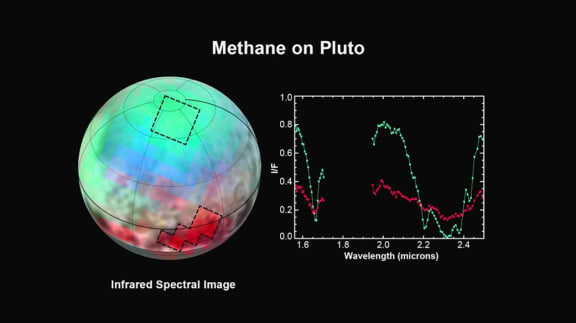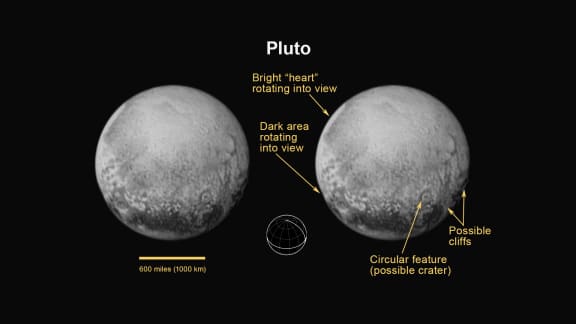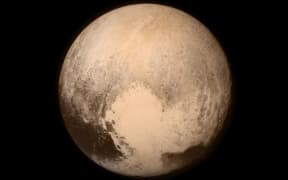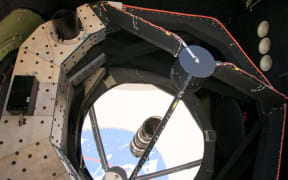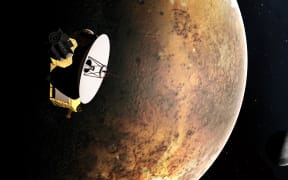The first close-up images of Pluto released from the historic flyby of Nasa's New Horizons probe show icy mountain ranges 3500 metres high.
Nasa said the pictures suggested Pluto was geologically active and quite youthful in astronomical terms - possibly less than 100 million years old.
The information New Horizons gathered as it flew by the dwarf planet is only beginning to reach Earth, after a journey of nearly 10 years and almost five billion kilometres.
The data will keep coming in over the next 16 months.
Mission scientist John Spencer told journalists that one image of Pluto's surface showed a terrain that had been resurfaced by some geological process - such as volcanism - in the last 100 million years.
"We have not found a single impact crater on this image. This means it must be a very young surface," he said.
This active geology needs some source of heat. This has only been seen on icy moons, where it can be explained by "tidal heating" caused by gravitational interactions with the host planet.
"You do not need tidal heating to power geological heating on icy bodies. That's a really important discovery we just made this morning," said Dr Spencer.
He said the methane and nitrogen ice that coated Pluto's surface were not strong enough to form mountains, so they were probably composed of Pluto's water-ice bedrock.
Today, the @NASANewHorizons team is bringing what was previously a blurred point of light into focus. pic.twitter.com/AswUMZFxqd
— NASA (@NASA) July 15, 2015
The pictures were sent back to Earth during the course of two data downlinks on Wednesday.
A new, close-up image of Charon revealed a chasm 6-10km deep and also further evidence of active resurfacing.
The mission team has told New Horizons this week to send down only a small fraction of the total data it carries. Part of the reason is that the probe continues to do science, observing Pluto from its night side.
- AFP / BBC / NASA
